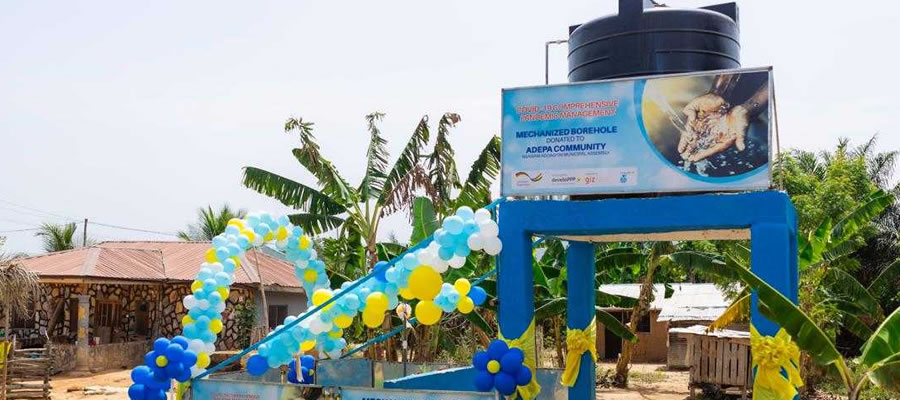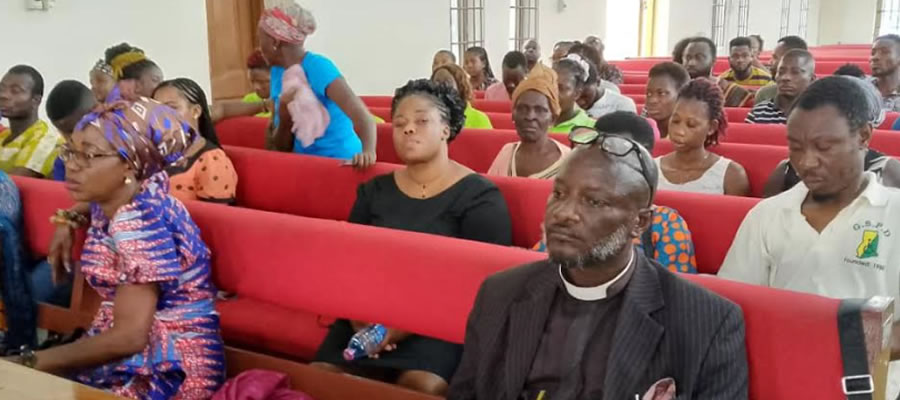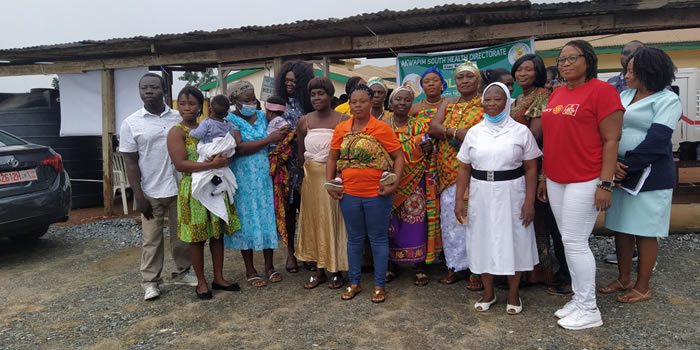

Local Economic Development
The UN Habitat defines Local Economic Development (LED) as a participatory process where local people from all sectors work together to stimulate local commercial activity resulting in a resilient and sustainable economy. LED is seen as a tool to help create decent jobs and improve the quality of life for everyone, including the poor and marginalized. The district assembly has over the years put in place practical measures to foster this agenda through the provision and rehabilitation of critical infrastructure such as roads, electricity, water and markets.
The Assembly in the plan period shall embark on a massive infrastructural support for agro-processing, tourism and light industry. In this vein, the agro-processing sectors will be provided with well equipped workshops while a light inductrial area will be established at Pokrom, Pakro and Mariakrom to provide a one-stop-shop environment for all artisans and agro -processors in the district capital.
The Tourism sector will also be given a boost through the collaborative efforts of the relevant governmental and non-governmental organisations like sister MMDAs within the Akuapem enclave, the Traditional Authorities, Forestry Commission, Parks and Gardens and EPA in pushing for legislation for the upgrading of Aburi Botenic gardens into tourism destination.
Market Infrastructure
Financial Institutions & Economic Activities
Financial Institutions play key roles in the mobilization of resources in the district. An analysis of financial institutions gives an indication of how local people access and utilize credit for internal development. The financial Institutions include Ghana Commercial Bank, Akwapim Rural bank and Maroon Microfinance.
poverty, Inequality and Social Protection
Income Distribution of Households
From the Figure, the Gini Concentration Ratio (which considers the extent of deviation of the income distribution line from the line of equal distribution – the inequality gap) is 0.61. This implies that, 61 percent of the households in the District are poor. The high proportion of the labour force (55.5 percent) in agriculture, which is subsistence in nature, is a major determiner of this high inequality gap. Farmers cannot increase cultivation and hence cannot earn more. Another important cause of the high inequality gap in the district is due to the high influx of highly rich professionals in the Ghanaian society coming in to stay due to the serene weather conditions and topology of the District.
Date Created : 11/23/2017 2:28:47 AM











 facebook
facebook
 twitter
twitter
 Youtube
Youtube
 +233 593 831 280
+233 593 831 280 0800 430 430
0800 430 430 GPS: GE-231-4383
GPS: GE-231-4383 info@ghanadistricts.com
info@ghanadistricts.com Box GP1044, Accra, Ghana
Box GP1044, Accra, Ghana